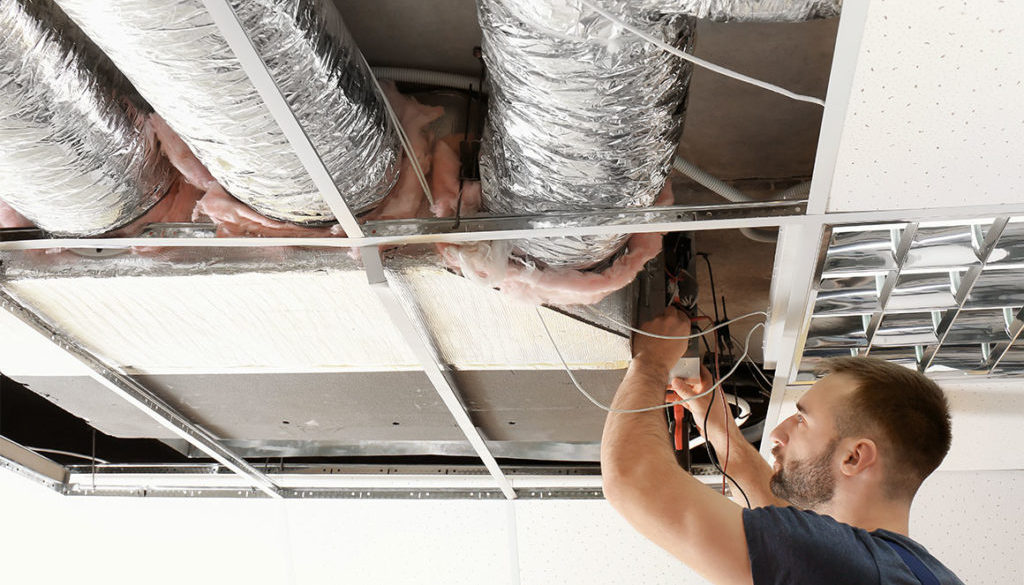Living peacefully in the comfort of your own home should not involve battling unexpected nuisances like indoor allergy triggers. These hidden irritants can transform your cozy haven into a source of sneezing, itching, and general discomfort. Whether you’re a homeowner or a business owner, understanding indoor allergy triggers can significantly enhance your quality of life.
Everyone desires a home environment that offers sanctuary and relief. Yet, many are unwitting hosts to allergens within their four walls. Identifying these sneaky culprits is critical to safeguarding your health and that of your loved ones.

What are Indoor Allergy Triggers?
An indoor allergy trigger is an element found inside a home or business establishment that causes allergic reactions. Common allergens include dust mites, mold spores, pet dander, and even certain plants. Each of these can cause significant health issues if not managed properly.
Dust Mites
The leading indoor allergen, dust mites, thrive in warm, humid environments. They are microscopic, making them impossible to see without a microscope, yet they can provoke strong allergic reactions.
Mold Spores
Another major indoor allergy trigger are mold spores. Commonly found in damp areas, mold needs only moisture to continue growing, potentially causing issues like asthma and respiratory infections.
Pet Dander
While our furry friends bring us joy, their dander can trigger allergies in susceptible individuals. Regular cleaning and grooming of pets can mitigate these effects.
How to Identify Indoor Allergy Triggers
Recognizing symptoms like sneezing, a runny nose, or itchy eyes should prompt an investigation into possible allergens. Start by evaluating your environment’s cleanliness. If youre continually exhibiting symptoms, consider having your home inspected by professionals.
Checking Air Quality
Ensure your space has adequate ventilation. Air purifiers can significantly reduce allergens in the air. Learn more about improving air quality in your home.
Duct Cleaning
If your symptoms persist, your duct system may be to blame. Regular cleaning helps eliminate allergens hiding within.
Preventative Measures
Frequent Cleaning
Maintaining a cleaning schedule can drastically reduce dust and other allergens. Be sure to vacuum carpets and upholstery regularly using a vacuum with a HEPA filter.
Humidity Control
Mold grows in moist environments. Keeping your homes humidity between 30-50% can prevent mold and dust mites from thriving. Utilize dehumidifiers if necessary.
Proper Ventilation
Opening windows and using fans encourages air circulation. Ensuring that modern air filtration systems are in place can improve air quality significantly.
Seeking Professional Help
Professionals can provide insights into specialized cleaning and maintenance schedules that best fit your needs. Consulting with an expert can save time and reduce symptoms significantly.

FAQ
What are the most common indoor allergy triggers?
The most common include dust mites, mold spores, and pet dander.
Can cleaning my air ducts prevent allergies?
Yes, regular duct cleaning can significantly reduce or eliminate allergens in your home.
How can I improve my homes air quality?
Invest in air purifiers, maintain proper humidity levels, and ensure proper cleaning and ventilation are regularly conducted.
Understanding the role that indoor allergy triggers play in our health is a significant step towards creating healthier and happier living spaces. With continuous effort, your home or business can be a refuge from allergens, rather than a source of discomfort.
This article contains affiliate links. We may earn a commission at no extra cost to you.